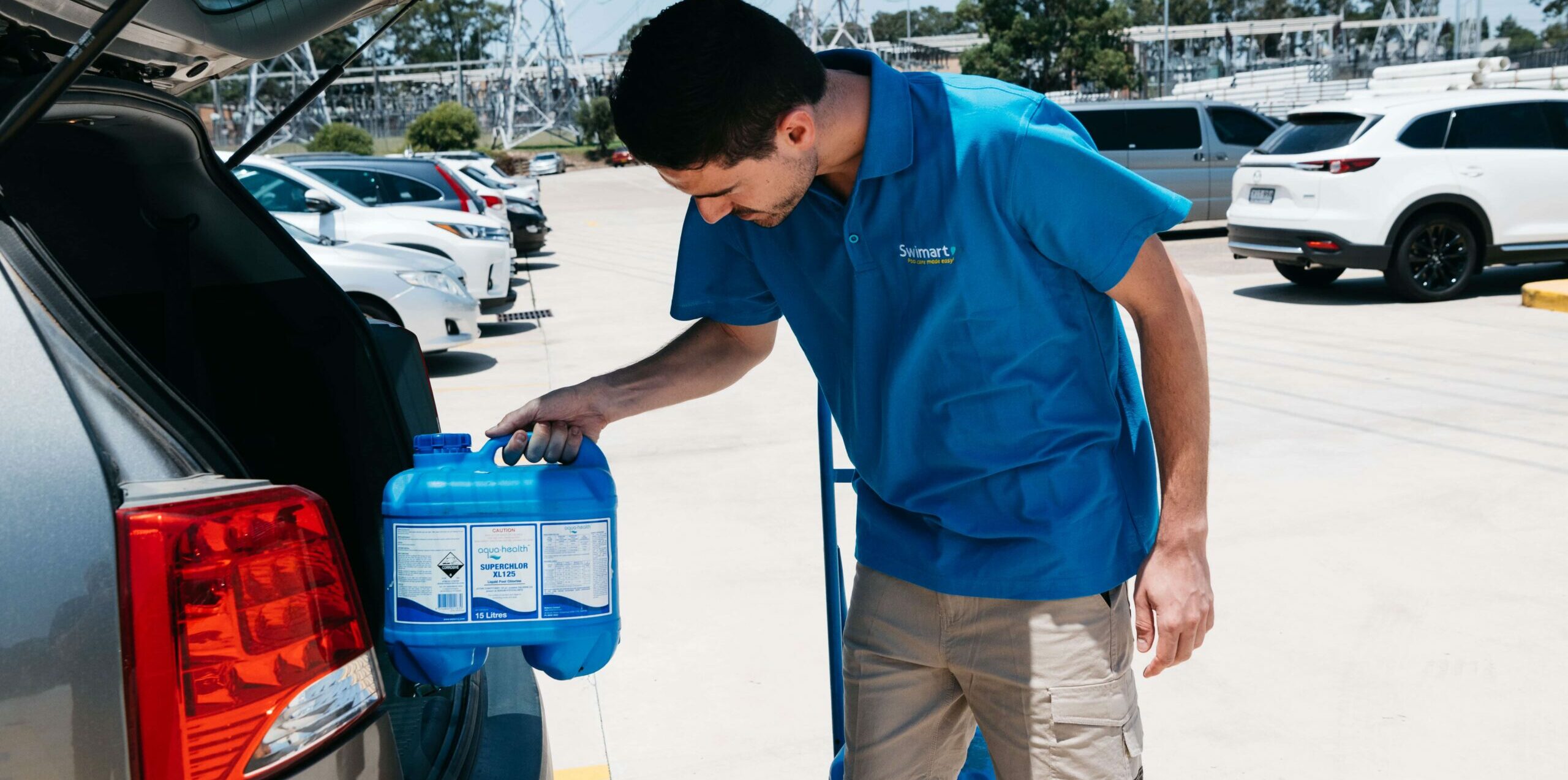DIY Tips
LOWER YOUR POOL’S ENERGY USE
1 July 2013
The heart of your pool’s filtration system, your pump is an essential part of keeping your pool crystal clean. However, your pump can also be a huge energy guzzler, in some cases making up for 20 per cent of your total household energy usage and costs.
Fixed speed vs variable speed pumps
As the price of energy rises, and concern grows about the high levels of carbon emissions humans produce, more and more people are looking towards a more cost effective and energy efficient way of running their pool.
We break down your choices when it comes to eco-friendly pumps.
Market trends
There are currently two types of pumps on the market; fixed speed or variable speed. At the moment there is strong shift towards pumps with eco-friendly credentials, namely variable speed pumps.
The benefits of variable speed pumps are vast. Their secret to reducing their energy use is the speed of the mechanism; the slower the pump operates, the smaller the amount of energy used to power it. This allows you to minimize the energy usage by up to 70 per cent.
This slow speed has the added bonus of reducing the wear and tear on your filtration system, as the water is being pulled more gently through it, as opposed to a fixed speed pump, which operates at full speed anytime it is turned on.
The reason a fixed speed pump operates a full speed is because it claims to be more efficient in restoring water clarity; it has actually been shown that a slower pump speed achieves better results, as the water resistance is less.
To top it all off, this type of pump is getting more and more energy efficient as new models come out.
Fixed speed pumps
Although variable speed pumps are the more eco-friendly and energy efficient choice out of the two types, there are still options within the fixed speed pumps that have features that help reduce the impact the device has on the environment and your next energy bill.
For example, Lacron’s Grange pump has efficient hydraulic performance that shortens the time the pump needs to run, decreasing the amount of energy used.
Other ways to save energy with a fixed speed pump include using pump timers to ensure the pump doesn’t run longer than it needs to and reducing the number of times you run it during cooler months.
Top tip
Some state governments offer generous rebates to those that purchase pool products that are more eco-friendly. Check your state government’s policy on pool pumps, as you may be entitled to a rebate of a few hundred dollars if you purchase a variable speed pump.


 AUS
AUS NZ
NZ 


